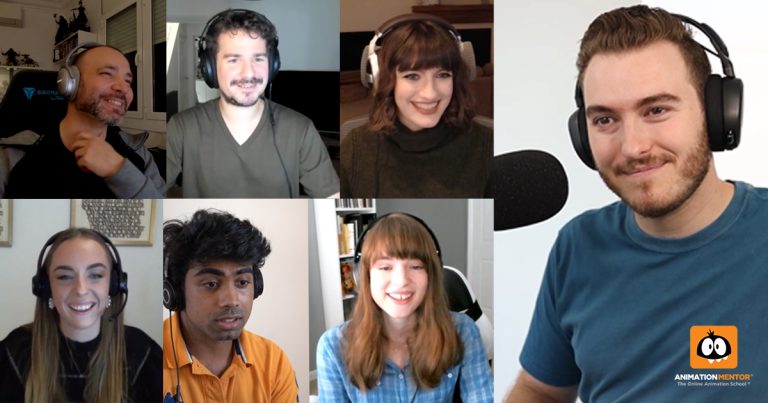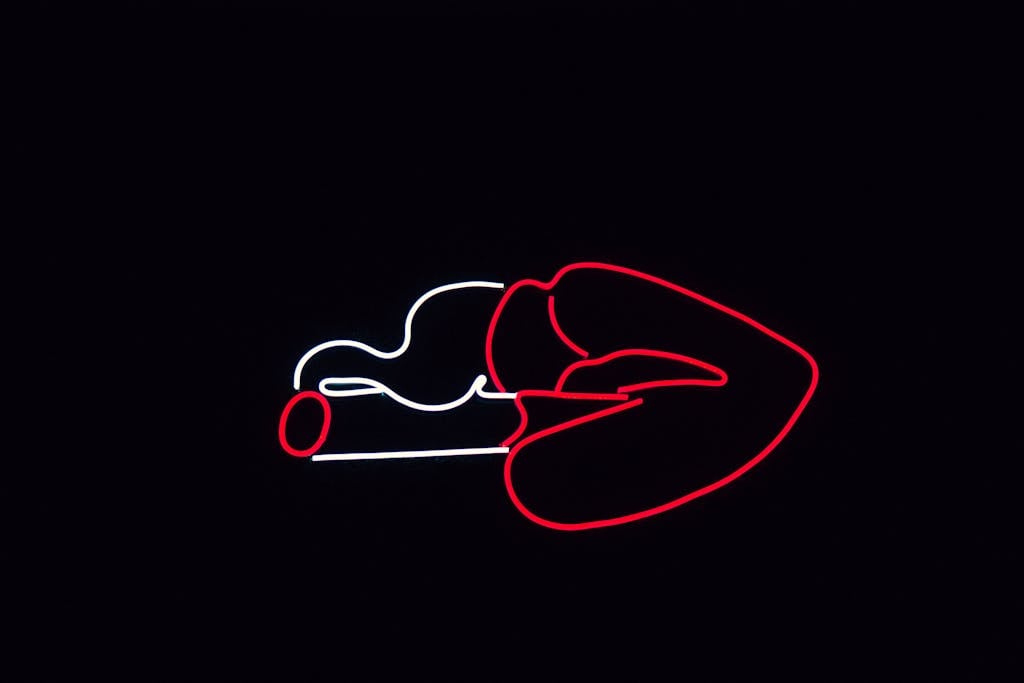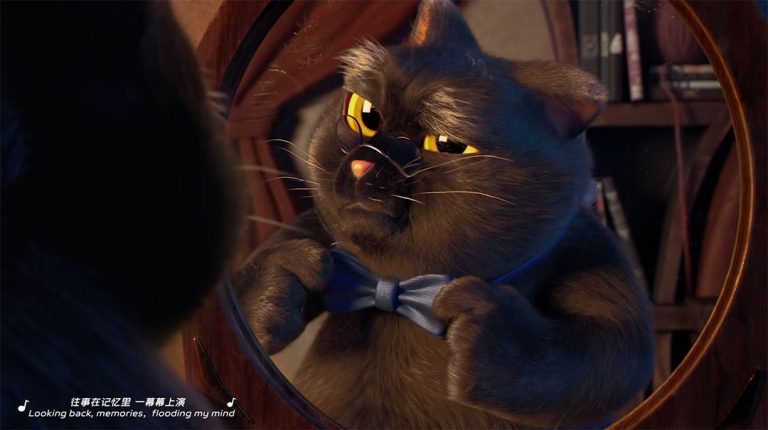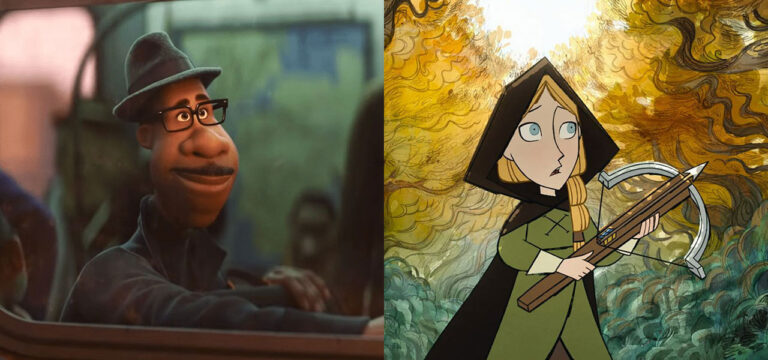The revelation that a well-known, and somewhat respected veteran animator is alleged to have engaged in behaviour that crosses the line of decency and inhabits the realm of predatory is disturbing. The animation industry is small, tight-knit, and immensely friendly. To learn that such behaviour and harassment exists shatters that reality and to know that it is far from an isolated incident raises many important concerns.
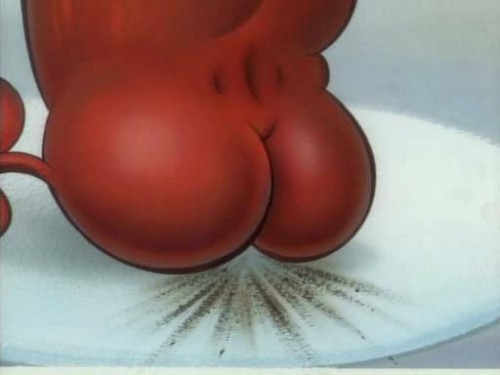
Harassment Destroys Trust
The first, and most disgraceful aspect of the entire affair is the breakdown of trust. Animation is an industry that does not attract people in ways that others do. Animation is centred on a few key cities, and for anyone lving elsewhere and wishing to get a start in the industry, they are more often than not utterly dependent on someone within the industry functioning as either a guide, mentor, or sponsor.
Many successful artists such as Brad Bird acknowledge the invaluable assistance their received from animators at Disney including a few of the Nine of Men. Animators and artists within the industry are rightly known for being incredibly willing to help others who want to undertake a career alongside them. The willingness of outsiders, especially teenagers or kids, to contact their heroes or people they look up to is incredibly dependent on their ability to trust that those people will either give them honest advice, or act in ways that are in the younger person’s best interests. If that trust is broken or shattered, one of the avenues artists use to get their introduction to the industry will be closed to them. Disparate bonds such as these do much to help fresh blood from outside the usual sources enter the industry and provide it with its vibrant culture.
The industry as a whole will be poorer if these bonds cannot be formed. Personal relationships are a keystone of the industry, and the bonds formed between generations perpetuate the old skills and knowhow. They even define relationships between professionals and when those relationships, or the power structures that define them, are abused, they irrevocably breakdown trust. How can an individual be expected to perform at their best when they cannot trust an individual they work with?
Humans in general are wary of overplaying their hand when dealing with individuals they don’t trust, and in creative endeavours, trust is of utmost importance to ensuring that the best creative effort is put forward by everyone. Actions such as those outlined in the links above harm everyone in the industry; not just the women who feel that they cannot trust their male peers.
Harassment Shatters The Innocence
Recent reports shatter the illusion of innocence that the industry had. Rather than being filled with quirky characters and random geniuses, outsiders learned that its now just an industry like any other, filled with its fair share of arseholes and characters to avoid.
Sure, the animation industry is still very nice, but the shadow cast by these allegations means that a cloud of suspicion hangs over all of it. The industry’s lost a good deal of its goodwill which it may likely never recover. It must now face up to the mistakes of the past and attempt to prevent any repeat of them moving forward.
Harassment Smears Taint Across the Industry
The breakdown of trust and the shattering of innocence serve, along with the allegations themselves, to smear portions of the industry with an undesirable taint. Did others who worked with these individuals know about it and never acted? Can they be trusted? What about the films/shows themselves? Are we still free to enjoy them, or does their viewing now leave a nasty taste in our mouths?
To the industry’s credit, many people came to the defence of Bob Camp and others who did the grunt work on Ren & Stimpy. Ditto the various higher ups on the creative side at Pixar who are deemed not to have been able to control the actions of others even higher up the ladder.
Guilt by association is real though, and when it spreads across an industry it has the potential to tar a lot of people with the same brush, or create repercussions for innocent victims. One thinks of the Louis C.K. animated show ‘The Cops’ which was cancelled before it even aired; throwing the entire crew to the curb.
Separating the Art from the Artist
Recently, while having coffee with an (Oscar-nominated) friend, he asked if I had an opinion on the fellow nomination of Kobe Bryant and whether allegations of past misconduct made it distasteful for him to receive a nomination. The question gave me pause for concern because I didn’t have a good answer.
Only afterwards did it hit me a bit more forcefully. A few days later, at home in the evening, I listened to some songs by the Godfather of Soul himself, James Brown. His genius shines through his work like a supernova. Yet even a casual read of his Wikipedia entry reveals a man who habitually physically hit women. Can we in all honesty continue to enjoy the man’s music if his character is that flawed? Can I still enjoy his music knowing that’s the kind of person he was?
Ultimately the answer to that question is a personal one. As Dave Chappelle notes in his Netflix special, Bill Cosby may have done terrible things to a large number of women, but he also is said to have paid for the amplification system for Dr. Martin Luther King’s ‘I Have a Dream’ speech. Does the good of the latter outweigh the evil of the former? Chapelle leaves us with that question to ponder.
My opinion is that animation is more clear cut. Any animated endeavour is an enormous undertaking involving an entire crew of artists and individuals, and while the creator’s vision is the guiding force of the production, it is diluted by the artistic input of others. The end product of almost every piece of animation sans a personal work is less the complete and pure vision of an individual, and more of a version of that vision shone through the lens of a talented and hard-working crew. We can still enjoy Toy Story, Ren & Stimpy, and the Loud House without the guilt of the actions of one individual hanging over our heads. We just need to be mindful of those actions, and work to prevent them from happening again.
Conclusion
What is the conclusion? Is there one? Is this the end or the beginning?
Animation is hard, very hard. Making it harder for certain people
Harassment is deplorable. One of the truths of the world is that everyone just wants to get on with life and to be left in relative peace in order to do so. Harassment disturbs that peace and causes grief far beyond the individuals directly affected. Perpetrators and bystanders alike will only learn when it is explicitly clear that such actions will not be tolerated, and that severe repercussions await those who do decide to commit them.
This is not just about women standing up for themselves, but for others to also stand up for them. It about studio management being attuned to problems within their crews. It’s about human resources seeing the long-term detriment of permitting cultures that suffocate creativity. And it’s about nipping problems in the bud, so that they don’t fester over years and decades to ultimately explode onto our front pages.
At the end of the day though, it’s just not right, and it infects a wonderful artform and industry with a vicious streak it could well do without.

